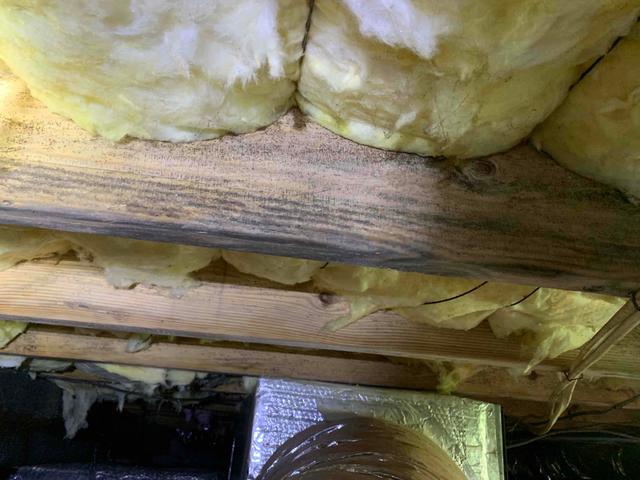
Mold Growth on Floor Joists
Mold and mildew growth occur on organic material due to high relative humidity (over 60%) and moderate temperatures.
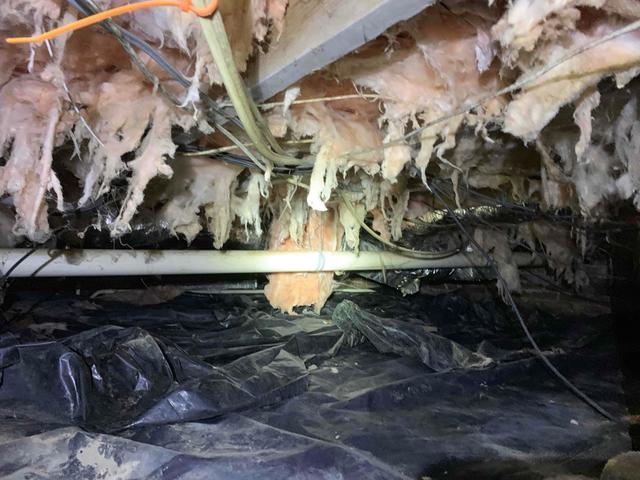
Falling Insulation
As moisture builds up in the crawl space, it is absorbed by the fiberglass insulation between the floor joists. The moisture damages the fibers and causes them to separate from one another (delaminate). The absorbed moisture also makes the material heavier, causing it to sag and fall.
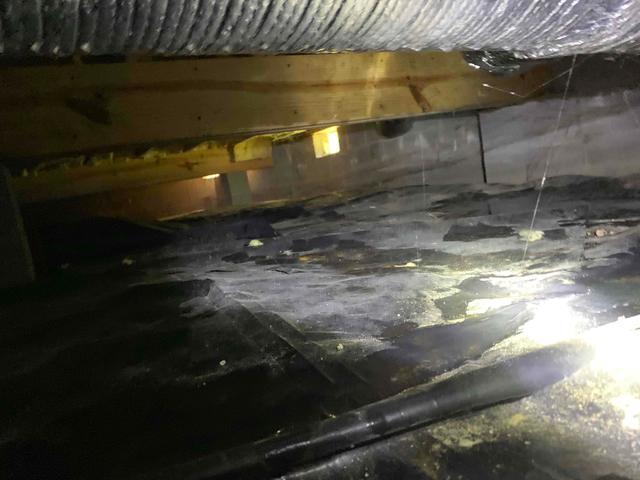
Puddling on Vapor Barrier
Puddling on the vapor barrier tells us that moisture and condensation are occurring and dripping from insulation, wood, and ductwork. Puddling can also be a result of groundwater seeping up and finding its way through gaps, holes, or tears in the liner.
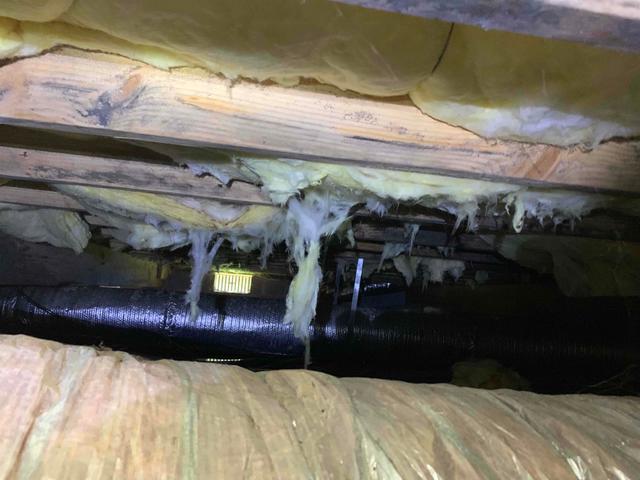
Vented Crawl Space
Open vents allow hot humid air in the crawl space during summer months and cold air in during the winter. The vents do not offer enough airflow to keep the crawl space dry in the summer, and instead, moisture gets trapped wreaking havoc on the space. In the winter, even if vents are closed off, they are not airtight. Due to the moisture damage the crawl space suffered in the summer, the homeowners are left with cold floors and drafts. Year-round they experience high energy bills, and in warm months, notice musty odors and humidity in the home.

Wood Moisture Content
This device reads temperature and moisture content. At 19% the potential for wood rot begins. This joist has a wood moisture content of 27%. If the moisture and humidity in the crawl space are left uncontrolled, this could result in significant damage to the substructure of the home.
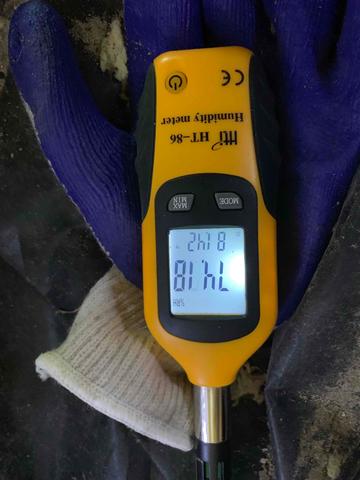
Relative Humidity
The relative humidity is how much moisture air at its current temperature can hold. In this crawl space, it is 81.42 degrees Fahrenheit and there is a 74.18% relative humidity (RH). At 60% RH the potential for mold growth occurs. The humidity and moisture in the air are absorbed by porous surfaces such as the insulation and wood. Condensation occurs on cooler surfaces such as ductwork, plumbing, and foundation walls.
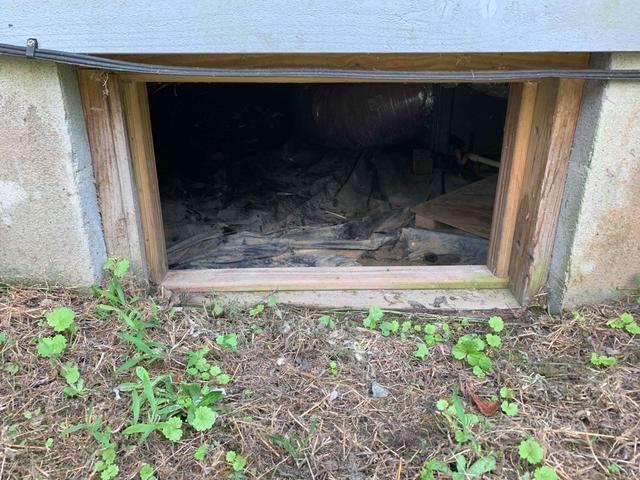
Crawl Space Access
The crawl space access is a huge hole allowing in the air carrying moisture. With the door in place, it is not airtight and offers no resistance to outside temperatures. Low to the ground doors can also allow water to flow into the crawl space when it rains.

